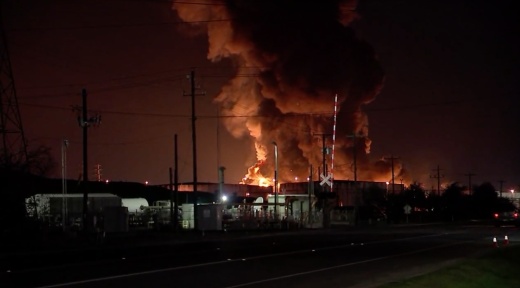Prolonged exposure to benzene is correlated with upper respiratory issues and even certain types of blood cancer such as Leukemia, said Dr. Loren Hopkins, chief environmental officer for City of Houston Health Department. Houston’s extensive industrial complex and petrochemical industry puts it at a greater risk of exposure than other cities.
Recent events such as fires at the ITC and Deer Park chemical plants have renewed calls for hazardous pollutant tracking.
"Benzene is the most common pollutant in our area, and there are really no set guidelines on what level people should leave an area or shelter in place," Loren said. "There’s really no well established data."
Currently, the city of Houston tracks levels of Benzene and other hazardous pollutants through a network of fixed monitoring sites, mobile monitors and handheld monitors.
Houston City Council approved the acceptance of a nearly $500,000 grant from the Centers for Disease Control on Jan. 8 to work with Rice University researchers on developing a publicly-available mapping tool that will display varying Benzene levels throughout the city. The grant also supports work with the Environmental Defense Fund to create a scale that informs residents of the level of danger they face in real time. The scale will determine how the danger of exposure grows over an extended period of time and how it affects certain populations, such as pregnant women, children and individuals with respiratory issues, differently.
“We want to give the community better tools to track Benzene levels and make decisions based off of those,” she said.
Loren said the CDC chose to award the grant to the city of Houston in hopes that the scale and map can be replicated for other cities as well.
District H Council Member Karla Cisneros, whose district includes areas surrounding the Houston Ship Channel, said poor air quality has been a longstanding issue and that she hopes better monitoring will also spur more preventive measures.
"It's important to be able to monitor what the problems are, but it's even more important to prevent the problems in the first place," she said. "I don't want all of our energy just going into them to monitoring it, but to really be proactive about how we tackle these problems and we solve them."





